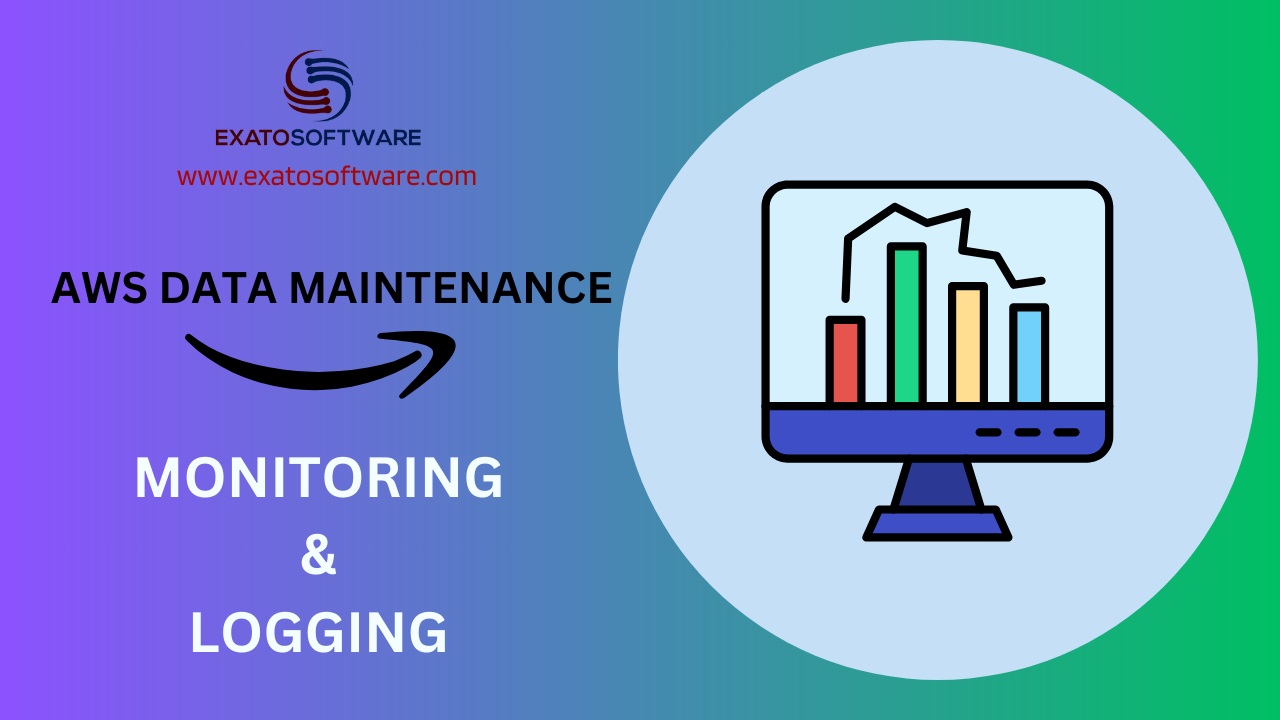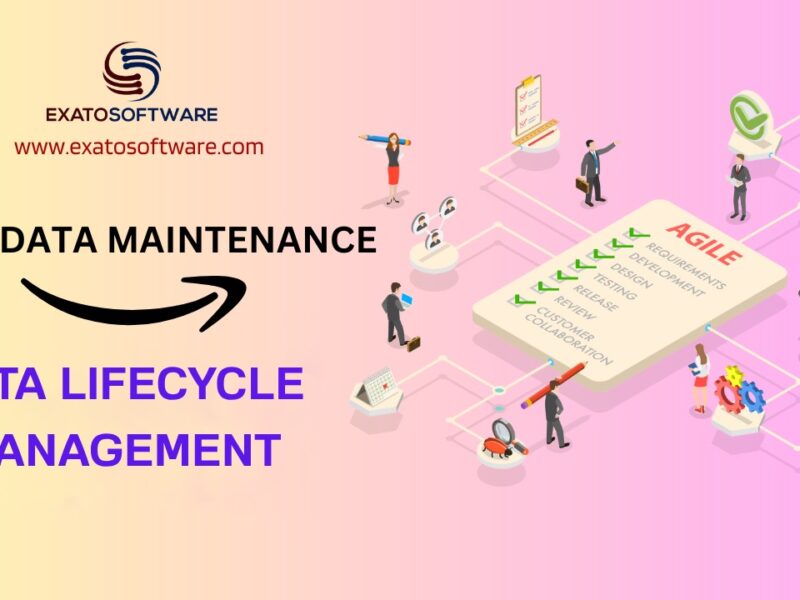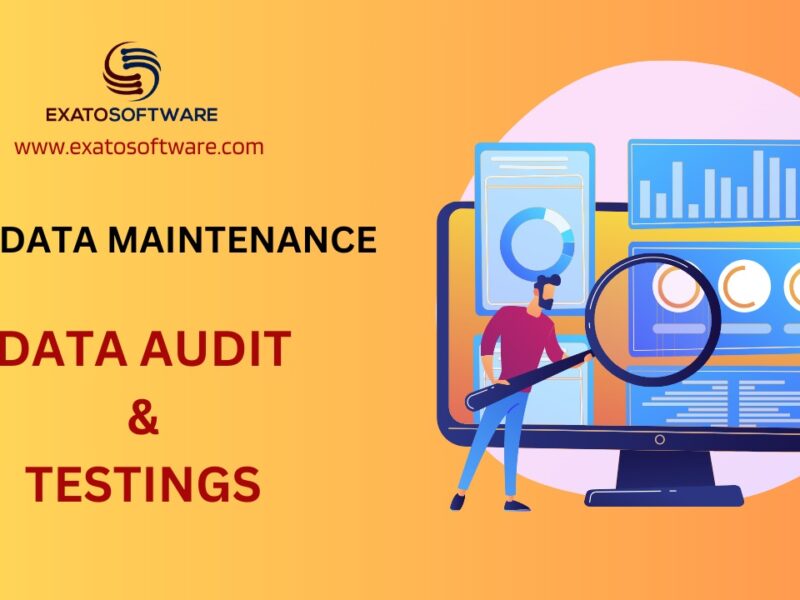By leveraging AWS monitoring and logging services like CloudTrail, CloudWatch, AWS Config, and Amazon GuardDuty, you can maintain data integrity, security, and compliance on AWS while gaining actionable insights into your infrastructure’s performance and operational status.
Using monitoring and logging tools for data maintenance on AWS offers several benefits, including:
1. Real-time Visibility: Monitoring tools such as Amazon CloudWatch provide real-time visibility into the performance and health of your AWS resources. This allows you to detect issues promptly and take necessary actions to maintain data integrity.
2. Performance Optimization: By monitoring key metrics such as CPU utilization, disk I/O, and network traffic, you can identify performance bottlenecks and optimize your data maintenance processes for better efficiency.
3. Cost Optimization: Monitoring tools help you understand resource utilization patterns and identify opportunities to right-size or optimize your infrastructure, leading to cost savings in data maintenance operations.
4. Security and Compliance: Logging tools such as AWS CloudTrail enable you to record API calls and actions taken on your AWS account, providing an audit trail for security analysis and compliance purposes. This helps ensure data integrity and regulatory compliance.
5. Troubleshooting and Diagnostics: Detailed logs generated by monitoring and logging tools assist in troubleshooting issues quickly by providing insights into system behavior and events leading up to an incident. This reduces downtime and improves data availability.
6. Automated Remediation: Integration with AWS services like AWS Lambda allows you to set up automated responses to certain events or thresholds, enabling proactive maintenance and reducing manual intervention in data management tasks.
7. Scalability: Monitoring tools help you monitor the performance of your infrastructure as it scales, ensuring that your data maintenance processes can handle increased workloads without degradation in performance or reliability.
8. Predictive Maintenance: By analyzing historical data and trends, monitoring tools can help predict potential issues before they occur, allowing proactive maintenance to prevent data loss or service disruptions.
9. Customization and Alerts: You can customize monitoring dashboards and set up alerts based on specific thresholds or conditions, ensuring that you are notified promptly of any anomalies or critical events related to your data maintenance activities. 10. Continuous Improvement: By analyzing monitoring and logging data over time, you can identify areas for improvement in your data maintenance processes and infrastructure design, leading to continuous optimization and enhancement of your AWS environment.
Monitoring and Logging tools on AWS for Data Maintenance
Maintaining data on AWS using monitoring and logging involves implementing various AWS services to track and analyse the behaviour of your resources, identify potential issues, and ensure compliance with security and operational requirements.
1. AWS CloudTrail:
AWS CloudTrail enables you to monitor and log AWS API activity across your AWS infrastructure. It records API calls made by users, services, and other AWS resources, providing visibility into resource usage, changes, and interactions.
Example:
You want to monitor changes to your Amazon S3 buckets to ensure compliance with data governance policies.
– Enable CloudTrail logging for your AWS account.
– Configure CloudTrail to deliver log files to an Amazon S3 bucket.
– Use CloudTrail logs to track actions such as bucket creation, deletion, object uploads, and permission changes.
– Set up CloudTrail alerts or integrate CloudTrail logs with a third-party logging and monitoring solution to receive notifications about unauthorized or suspicious activity.
2. Amazon CloudWatch:
Amazon CloudWatch is a monitoring and observability service that collects and tracks metrics, logs, and events from AWS resources and applications. It provides real-time insights into the performance, health, and operational status of your infrastructure.
Example:
You want to monitor the performance of your Amazon EC2 instances and ensure optimal resource utilization.
– Configure CloudWatch to collect and aggregate CPU, memory, disk, and network metrics from your EC2 instances.
– Set up CloudWatch alarms to trigger notifications when CPU utilization exceeds a certain threshold or when instances experience network connectivity issues.
– Create CloudWatch dashboards to visualize key performance indicators and track trends over time.
– Use CloudWatch Logs to centralize and analyse application logs generated by your EC2 instances, Lambda functions, and other services.
3. AWS Config:
AWS Config provides continuous monitoring and assessment of your AWS resource configurations. It evaluates resource configurations against desired state definitions, identifies deviations, and maintains an inventory of resource changes over time.
Example:
You want to ensure compliance with security best practices by enforcing encryption settings for Amazon RDS database instances.
– Enable AWS Config for your AWS account and specify the desired configuration rules for RDS encryption.
– Configure AWS Config rules to evaluate whether RDS instances are encrypted using AWS Key Management Service (KMS) encryption keys.
– Remediate non-compliant resources automatically or manually by applying encryption settings to RDS instances.
– Use AWS Config’s configuration history and change tracking capabilities to audit resource changes and troubleshoot configuration drift issues.
4. Amazon GuardDuty:
Amazon GuardDuty is a threat detection service that continuously monitors for malicious activity and unauthorized behaviour across your AWS accounts, workloads, and data stored in Amazon S3.
Example:
You want to detect and respond to potential security threats targeting your Amazon S3 buckets, such as unauthorized access attempts or data exfiltration.
– Enable Amazon GuardDuty for your AWS account and specify the scope of monitored resources, including S3 buckets.
– Configure GuardDuty to analyze CloudTrail logs, VPC flow logs, and DNS query logs for indicators of compromise (IoCs) and suspicious activity patterns.
– Investigate GuardDuty findings using the management console or programmatically via AWS APIs.
– Take remediation actions based on GuardDuty findings, such as blocking malicious IP addresses, revoking IAM permissions, or isolating compromised resources.
Use cases for Monitoring and Logging
Monitoring and logging tools on AWS can be applied to various use cases for maintaining data effectively.
1. Performance Monitoring: Utilize monitoring tools like Amazon CloudWatch to track the performance metrics of your databases (e.g., Amazon RDS, Amazon DynamoDB) and storage services (e.g., Amazon S3). Monitoring database latency, throughput, and error rates helps ensure optimal performance for data-intensive applications.
2. Cost Management: Use monitoring tools to track resource utilization and costs associated with data storage and processing. By analyzing usage patterns and optimizing resource allocation based on demand, you can control costs while maintaining data accessibility and performance.
3. Security and Compliance: Implement logging tools such as AWS CloudTrail to record all API calls and activities within your AWS environment. By monitoring these logs, you can detect unauthorized access attempts, data breaches, or compliance violations, ensuring the security and integrity of your data.
4. Backup and Disaster Recovery: Configure monitoring alerts to notify you of backup failures or irregularities in data replication processes. Additionally, use logging tools to maintain a detailed record of backup operations and recovery procedures, facilitating rapid response to data loss incidents or system failures.
5. Data Lifecycle Management: Monitor storage usage and access patterns to identify stale or infrequently accessed data. Implement data lifecycle policies using AWS services like Amazon S3 Lifecycle, which automatically transitions data to lower-cost storage tiers or deletes expired objects based on predefined rules.
6. Data Replication and Synchronization: Monitor replication status and data consistency across distributed databases or storage systems. Use logging tools to track replication events and troubleshoot synchronization issues, ensuring data integrity and availability across multiple regions or environments.
7. Data Governance and Auditing: Enable logging for database activities (e.g., Amazon RDS audit logs) to maintain a comprehensive audit trail of data access and modifications. Monitoring these logs allows you to enforce data governance policies, track compliance with regulatory requirements, and investigate unauthorized changes or data tampering incidents.
8. Performance Optimization: Analyze performance metrics and logs to identify optimization opportunities for data processing pipelines or batch jobs. By monitoring resource utilization, query performance, and workflow execution times, you can fine-tune configurations and improve the efficiency of data processing tasks.
9. Service Level Agreement (SLA) Monitoring: Set up monitoring alerts to track key performance indicators (KPIs) and adherence to SLAs for data-related services. Monitor metrics such as data availability, uptime, and response times to ensure service levels meet business requirements and customer expectations. 10. Capacity Planning: Use historical data and trend analysis to forecast future capacity requirements for data storage and processing resources. Monitoring tools can help you identify usage patterns, anticipate growth trends, and scale infrastructure proactively to accommodate evolving data storage and processing needs.



